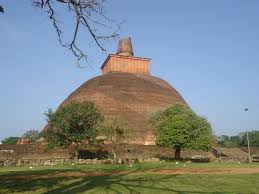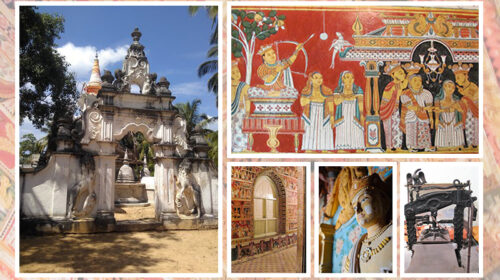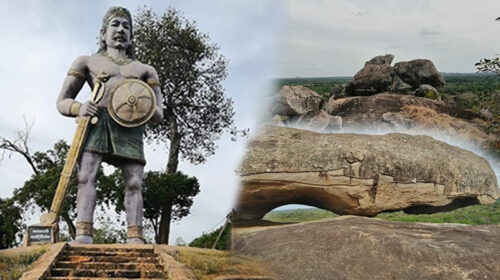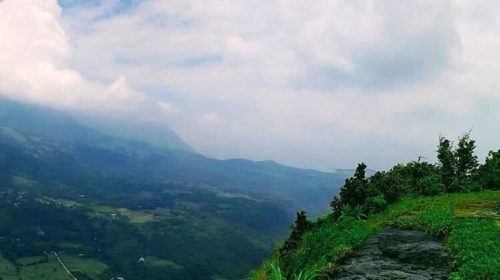Jetavanaramaya Anuradhapura
About Jetavanaramaya
The Jethavanaramaya Stupa in Anuradhapura was revered by all as the tallest mound building in an ancient country in Asia. The economic complex with was called Jetavana.The stupa is made of mounds and is located in a rectangular courtyard. The courtyard is about 8 acres in size. Provides evidence that a level existed.

History of Mihindu Thero
There is an opinion among historians that the Jethavanarama Stupa was built at the place where Arahant Mahinda’s body was cremated after his demise. According to the Deepavamsa, the history book states that the people who came for the cremation ceremony came from the eastern gate of Anuradhapura. To the left of the Great Stupa. Historians speculate that the Jethavanaramaya was built at the site of the cremation of the body of Ven. Mahinda Thera. Management Coal Archaeologists and archaeologists believe that the wall may have belonged to the Theravada monument in ancient times. Among them is the park known as the “Jothi Forest”. The stupa may have got the name Jethavanaramaya because it is the Buddhist monastery in the forest called Jothi. It seems to have been received.
Archaeological excavations have shown that King Mahasen built several small stupas at the site before the construction of the Jethavanarama Stupa. After the construction of the Jethavanaramaya Stupa, the King named the place ‘Isibhumangana’.
The total area of buildings belonging to the Jethavanaramaya is vast. Among the buildings spread over such a large area are the living quarters, alms halls and religious buildings. The area where the religious buildings are spread alone is about 80 hectares. There are buildings such as the Assembly Hall. Student booths have been built around the religious buildings. The buildings underwent various renovations on several occasions. Archaeologists estimate that the buildings now visible to the Jetavanaramaya date back to the 9th and 10th centuries AD. Only the two pyramids of Giza in Egypt the stupa itself has been built.





